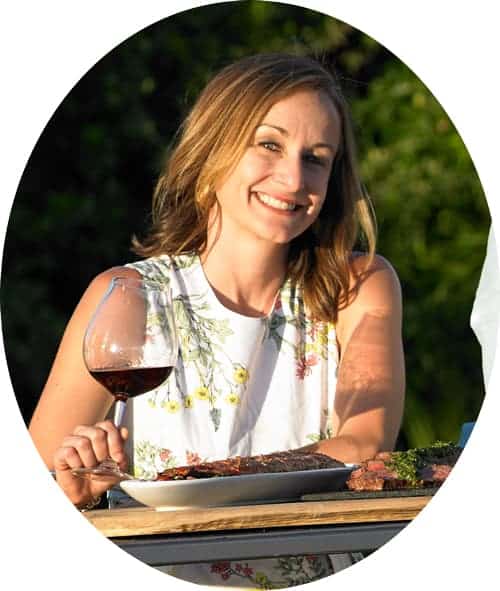Franciacorta Sparkling Wines from Italy
Feb 27, 2015, Updated Oct 08, 2024
This post may contain affiliate links. Read more at our disclosure policy.
Find out what makes Franciacorta Sparkling Wines so unique and ultra delicious! These wines could very well be Italy’s best-kept secret.

Franciacorta Sparkling Wines
These sparkling wines come from the Lombardy region, produced from grapes grown within the boundaries of the territory of Franciacorta about an hour east of Milan.

When it comes to bubbles and Italy most people associate the country with fruity and friendly Prosecco, made in the regions just east of Lombardy. But this neighboring region is making complex, intriguing, and serious wines in the traditional method with mostly traditional Champagne grapes (Pinot Noir, Chardonnay, along with Pinot Bianco). These wines could very well be Italy’s best-kept secret.
How are Franciacorta Wines Made?
Produced in the traditional Champagne method, these sparkling wines undergo secondary fermentation in the bottle and age for a long time before being released. With a DOCG status, these wines undergo some of the strictest regulations in all of Italy. In one word, they are awesome.

A quick rundown of the DOCG regulated styles for Franciacorta, so you know what to look for in a bottle:
Would you like to save this?
- Saten (blanc de blancs): Composed of Chardonnay and Pinot Bianco grapes (max 50%). Aged at least 24 months. Produced only as brut.
- Rosé: Composed of Chardonnay, Pinot Bianco and Pinot Noir grapes (min 25%). The red and white grapes are vinified separately. Aged at least 24 months.
- Millesimato: These are vintage wines labeled according to the “millesimal” (or year of the harvest). At least 85% must be from the vintage stated on the label. Aged at least 30 months.
- Riserva: One of the above three styles that has stayed on its lees for a minimum of 60 months.
- Non-Vintage Brut: Aged a minimum of 18 months. All flavor categories.
This under the radar wine region is producing stellar bubbles that are as close to what you can get in the quality of true Champagne without paying a $50+ price tag. Most of the Franciacorta wines I’ve had over the last few years range from $20-$30 and have depth of flavors and complexities that continue to blow me away, and may surprise most wine enthusiasts.
These wines are for folks who want something more complex than your average $10 Prosecco, but perhaps not wanting to pay the price tag for Champagne. They are also great wines for the bubbly seeker, eager to explore new regions. You know, folks like me on a quest to try the best bubbles from every wine-growing region on the planet.

The Challenge
I challenge you to seek out a bottle of Franciacorta sparkling wine and let me know what you think. They may not be easy to find but they are out there! I’ve even seen some locally at the Hollywood Fred Meyer. You may need to ask your favorite wine shop if they can get some for you if they don’t currently carry any. It’s worth asking about.
The three most recent bottles I’ve tried (all sent as media samples) are the following. Any of them would be good for the challenge:
- Cavalleri Blanc de Blanc Brut NV (Franciacorta DOCG, Lombardy, Italy) ~ $25
- Ronco Calino Brut NV (Franciacorta DOCG, Lombardy, Italy) ~ $25
- Lantieri Brut NV (Franciacorta DOCG, Lombardy, Italy) ~ $28

All three of them exceeded my expectations. The Ronco Calino was more crisp than creamy, with a clean and zesty feel. The Lantieri was bold with baked bread aromas, citrus driven on the mouth, with a pleasant tartness on the finish. The Cavalleri was my favorite of the three with toasty bread and vibrant lemon aromas. It was dry throughout with this crisp steely minerality and a lemon peel characteristic, as opposed to being more fruit driven. Exciting and lively.




















